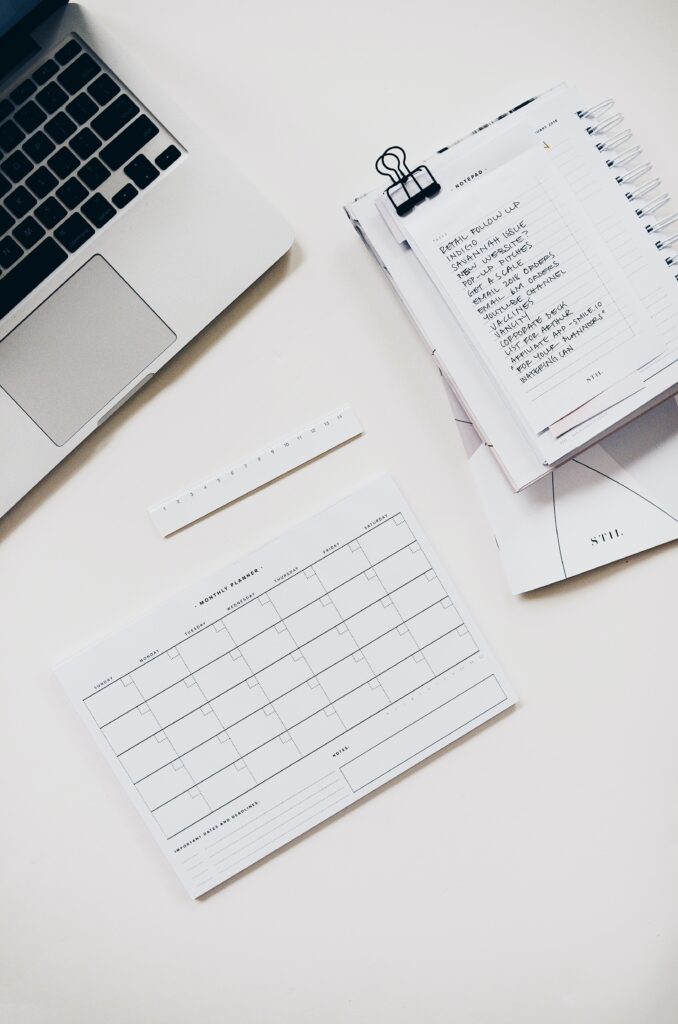
One of the key habits that successful people have is planning. It is often what unsuccessful people refuse to do. In specific, they develop written plans, which has to do with working smart rather than working hard.
Why plan?
According to time management experts, every hour spent developing a written plan saves anywhere from two to forty hours of carrying the plan out. Imagine the gain in productivity.
Adjusting plans
From the NASA engineers who do their amazing jobs in successfully landing vehicles on the moon, we can learn that 99% of the time they need to adjust their plans. In other words, be prepared to hit challenges or unforeseen circumstances which will affect your planning. You can either get frustrated that it did not work out as planned or, as the NASA engineers, adjust and re-plan.
Trial & learning
Another habit we can learn from successful people is the way in which we see the concept of success and failure or trial and error. Thomas Edison who invented the light bulb had failed a thousand times before he finally found the way it worked. According to history, Edison responded to a reporter asking him about his thousand failures: “I just learned a thousand different ways in which it did not work.” In the same way as NASA engineers, we can learn to see it as trial and learning, instead of trial and error.
Weekly planning
Daily and weekly planning for your tasks and mire will free up our energy for our goals. So what exactly form part of tasks and mire?
TASKS: actions we need to take to keep our lives running smoothly – such as paying the bills, cleaning, servicing the car, or weeding the garden – but which generally do not lead directly to fulfilling our purpose or deepest desires (goals).
MIRE: delayed actions we put off that consume or choke our energy, making it difficult to achieve our genuine goals.
How to plan:
1. Make first a list of any repeating tasks and a second list for mire.
2. Prioritise items on both lists according to urgent & important, urgent, important, neither urgent nor important.
3. Note how regularly they need to be performed for tasks and how much time you would need for both tasks and mire.
4. Scheduling:
Tasks: Schedule them into your diary, the best would be electronically with a reminder set at appropriate intervals or on the iPhone’s reminders App.
Mire: Take the top 3-5 items (or more depending on their time requirement) and map them out on a monthly planner according to your other plans.
For more details and examples please contact me.
